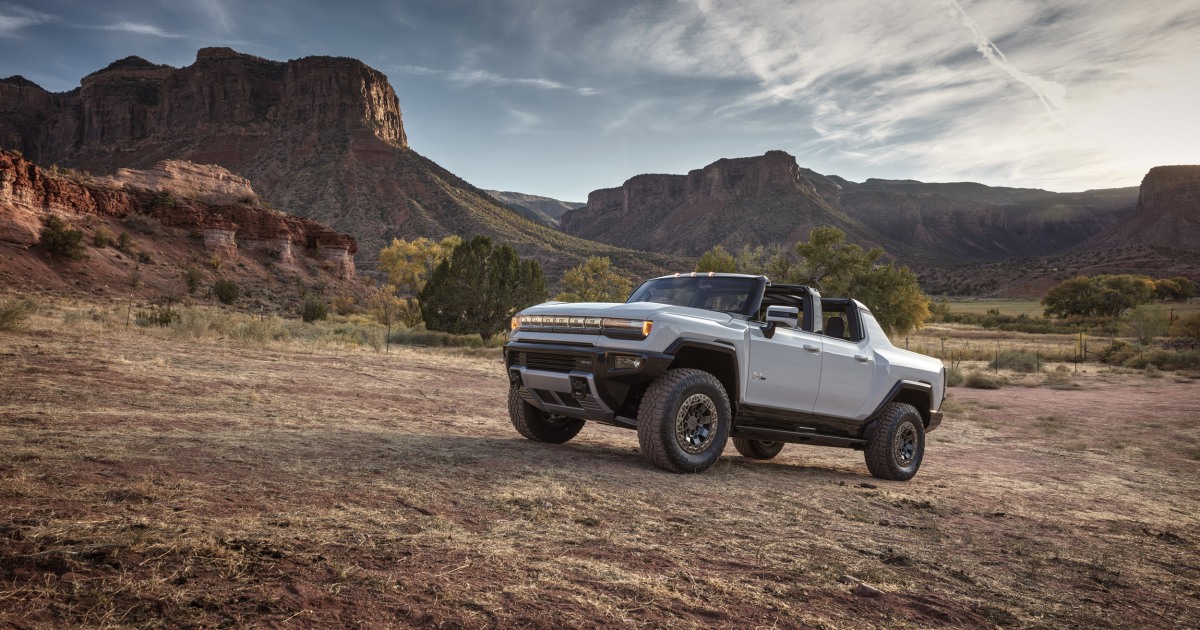General Motors plans to completely eliminate vehicles using internal combustion engines by 2035, President and CEO Mary Barra announced on Thursday. The automaker will become fully carbon neutral at all facilities worldwide by 2035.
Barra often praises GM’s plan for “a fully electric future”, recently increasing the number of purely battery-powered vehicles to be launched in the middle of this decade to 30, but this marks the first time that Detroit’s biggest automaker has set a difficult target for the complete elimination of gas and diesel engines for all light vehicles, including pickups and SUVs.
GM is also working on clean technology for heavy trucks. On Wednesday, GM announced that it will supply fuel cell technology to Navistar International Corp. And it is looking for other applications of the hydrogen technology it is developing as part of a joint venture with Honda.
“General Motors is joining governments and companies around the world working to establish a safer, greener and better world,” Barra said in a statement. “We encourage others to follow suit and make a significant impact on our industry and the economy as a whole.”
The automotive industry is shifting from internal combustion technology to emission-free batteries and hydrogen power trains. Several traditional brands have also committed to a complete transition, with Bentley recently setting a target date of 2030 to switch entirely to battery powered electric vehicles, or BEVs. Nissan said this week that it will electrify all models in “early 2030”, but that will include gas-electric hybrids as well as BEVs.
In its drive to go electric, GM hopes to take on Tesla and start-ups, including Rivian, Bollinger and Lordstown Motors.
GM launched its first long-range battery electric model, the Chevrolet Bolt EV, in 2016 and is preparing for an aggressive boost starting with the Chevy Bolt EV and the GMC Hummer pickup later this year. By the middle of the decade, all of its American and foreign brands, including those from China, will have BEVs in showrooms.
“We feel that this will be the successful business model of the future,” said GM environmental chief Dane Parker at a virtual conference on Thursday. “We feel that we will be able to overcome obstacles (and) be able to prosper in the future.”
GM aims to improve the EV economy with the upcoming launch of its new Ultium batteries as part of a joint venture with South Korean LG Chem. Chevrolet Bolt EV batteries currently cost about $ 145 per kilowatt hour. The short-term goal for batteries coming out of a new plant in Ohio is $ 100 per kWh and, eventually, $ 70. With that amount, he would save more than $ 4,000 per vehicle using a 65 kWh package like Bolt.
GM was one of the first automakers to enter the EV market and reversed the course of its previous decision to support the Trump administration’s plan to remove California from its ability to set emission standards that are stricter than the federal mandate.
GM also plans to use renewable energy for its plants in the United States by 2035 and abroad by 2040. Where it cannot use solar or wind power, Parker said, GM will look for other options, such as hydrogen generation or carbon capture.
GM is “excited about the things the new Biden government is doing,” Parker said on Thursday, referring to President Joe Biden’s plan to replace the nearly 650,000 vehicles in the federal fleet with fully electric models. With a third of those operated by the U.S. Postal Service, this could create a significant opportunity for BrightDrop’s new subsidiary, GM, launched this month. One of its main products will be a fully electric van for delivery services such as FedEx, UPS and, potentially, the USPS.
